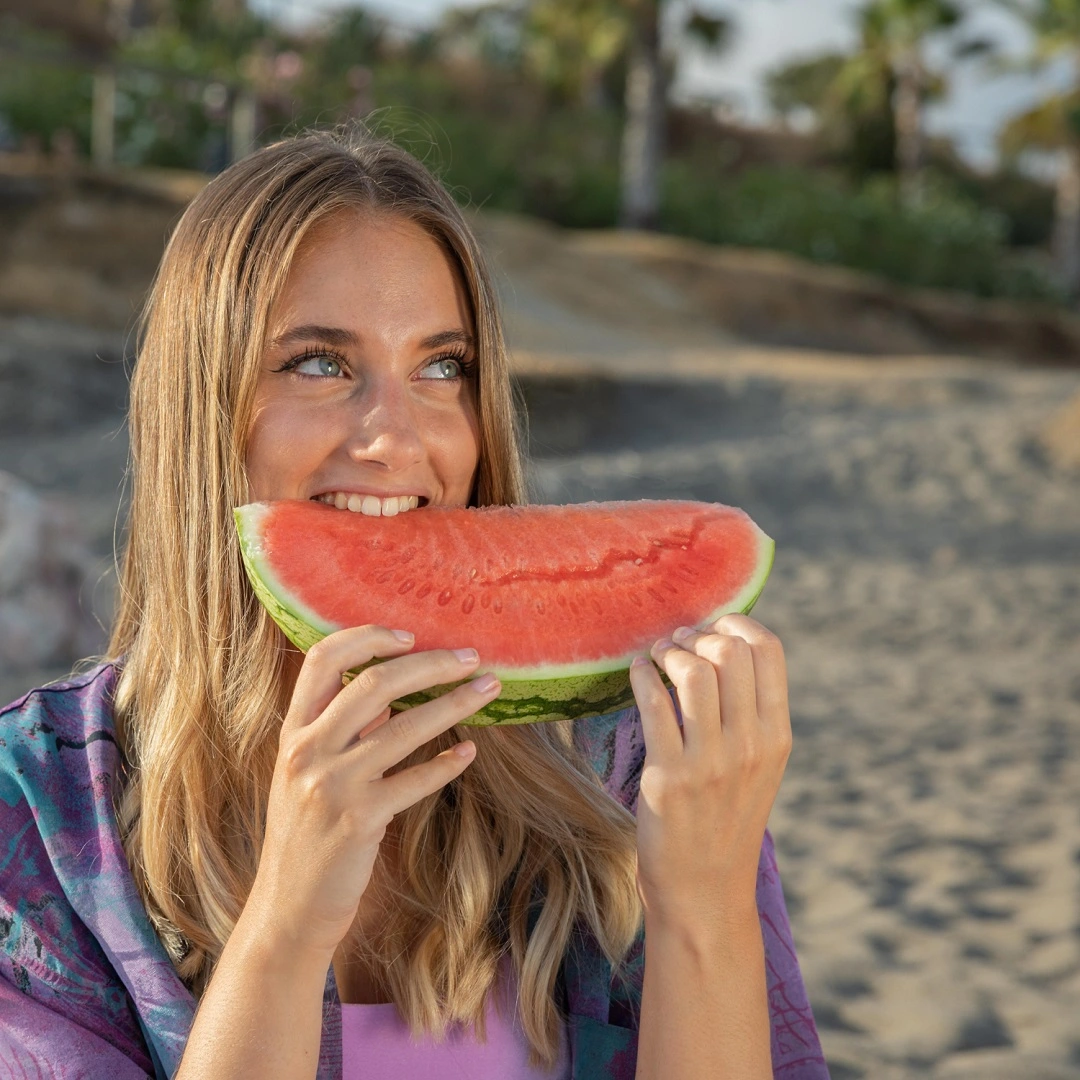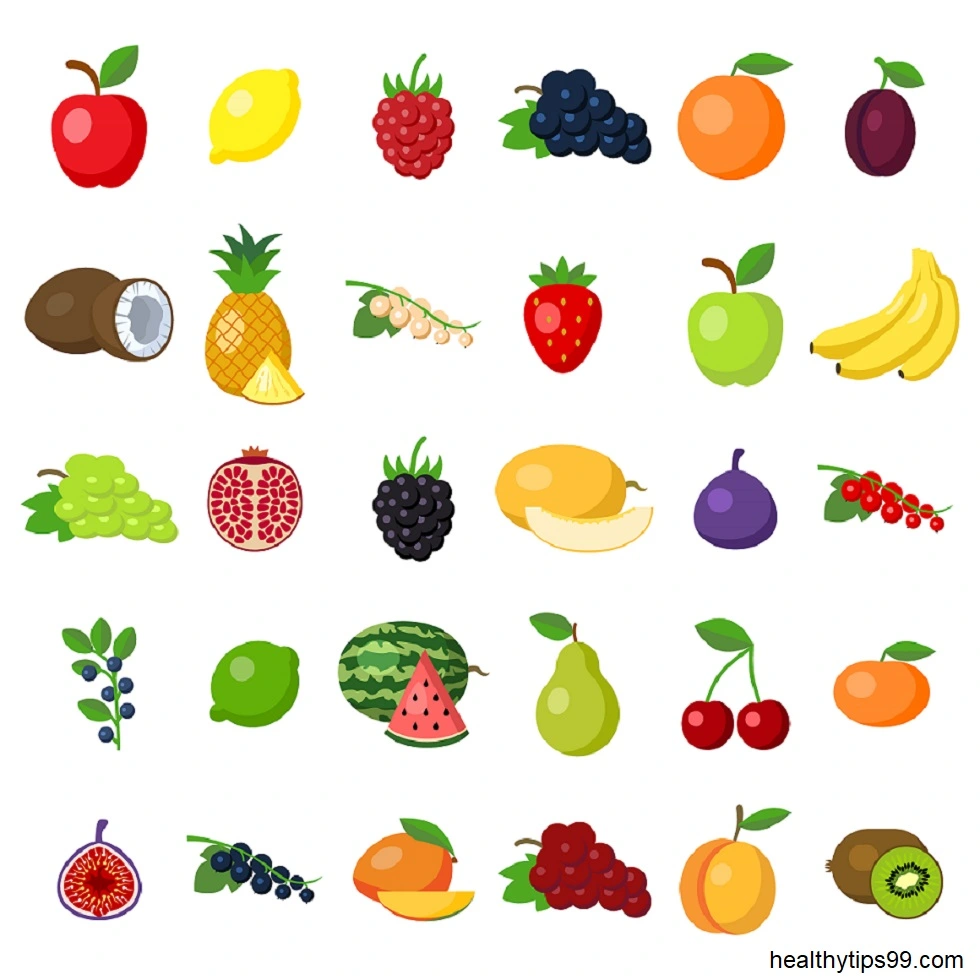Introduction
Fiber is an essential nutrient that many people don’t get enough of. A high fiber foods diet helps maintain a healthy digestive system, lowers cholesterol levels, and can aid in weight management. Here, we’ll explore 22 high fiber foods that you should consider adding to your diet for better health.
Why Fiber is Important
Before we dive into our list, let’s discuss why fiber is so crucial. High fiber foods, also known as roughage, is the part of plant foods that the body can’t digest or absorb. Unlike fats, proteins, or carbohydrates that your body breaks down and absorbs, fiber isn’t digested by your body. Instead, it passes relatively intact through your stomach, small intestine, and colon and out of your body. Fiber is classified into two categories: soluble and insoluble.
- Soluble Fiber: This type dissolves in water to form a gel-like material. It can help lower blood cholesterol and glucose levels. Soluble fiber is found in oats, peas, beans, apples, citrus fruits, carrots, barley, and psyllium.
- Insoluble Fiber: This type promotes the movement of material through your digestive system and increases stool bulk, so it can be of benefit to those who struggle with constipation or irregular stools. Whole-wheat flour, wheat bran, nuts, beans, and vegetables such as cauliflower, green beans, and potatoes are good sources of insoluble fiber.
Now, let’s look at the top 22 high-fiber foods you should add to your diet.
22 High Fiber Foods
Here’s a table listing these fiber-rich foods along with their fiber content per serving.
| Food Item | Fiber Content (per serving) |
|---|---|
| Lentils | 15.6 grams per cup |
| Black Beans | 15 grams per cup |
| Lima Beans | 13.2 grams per cup |
| Artichokes | 10.3 grams per medium |
| Peas | 8.8 grams per cup |
| Broccoli | 5.1 grams per cup |
| Brussel Sprouts | 4.1 grams per cup |
| Raspberries | 8 grams per cup |
| Blackberries | 7.6 grams per cup |
| Avocados | 10 grams per medium |
| Pears | 5.5 grams per medium |
| Apples | 4.4 grams per medium |
| Bananas | 3.1 grams per medium |
| Quinoa | 5.2 grams per cup |
| Oats | 4 grams per cup (cooked) |
| Barley | 6 grams per cup (cooked) |
| Chia Seeds | 10 grams per ounce |
| Flaxseeds | 7.6 grams per ounce |
| Almonds | 3.5 grams per ounce |
| Sweet Potatoes | 3.8 grams per medium |
Detailed Breakdown of High Fiber Foods
1. Lentils
Lentils are a powerhouse of nutrients and are incredibly versatile. They can be used in soups, stews, and salads, offering 15.6 grams of fiber per cup.
2. Black Beans
Black beans not only provide 15 grams of fiber per cup but also are a great source of protein. They’re perfect for adding to tacos, salads, and even burgers.
3. Lima Beans
Lima beans contain 13.2 grams of fiber per cup. They are great in stews and casseroles or simply as a side dish.
4. Artichokes
Artichokes are an often-overlooked vegetable that contains 10.3 grams of fiber per medium-sized one. They can be steamed and enjoyed with a variety of dips.
5. Peas
With 8.8 grams of fiber per cup, peas are a wonderful addition to any meal. They can be added to soups, salads, or served as a side dish.
6. Broccoli
Broccoli offers 5.1 grams of fiber per cup and is also rich in vitamins and minerals. It can be steamed, roasted, or eaten raw.
7. Brussels Sprouts
These tiny cabbages pack a fiber punch with 4.1 grams per cup. They can be roasted, sautéed, or added to salads.
8. Raspberries
Raspberries are delicious and nutritious, providing 8 grams of fiber per cup. They make a great addition to breakfast cereals, yogurts, or desserts.
9. Blackberries
Blackberries contain 7.6 grams of high fiber foods per cup and are perfect for snacking, adding to smoothies, or topping desserts.
10. Avocados
Avocados are a superfood with 10 grams of fiber per medium fruit. They are excellent in salads, on toast, or made into guacamole.
11. Pears
Pears offer 5.5 grams of fiber per medium fruit and are delicious raw, baked, or poached.
12. Apples
An apple a day keeps the doctor away! With 4.4 grams of fiber per medium fruit, they are a great snack or addition to any meal.
13. Bananas
Bananas contain 3.1 grams of fiber per medium fruit and are great in smoothies, on cereals, or just as they are.
14. Quinoa
Quinoa is a versatile grain with 5.2 grams of fiber per cup cooked. It can be used in place of rice or pasta in many dishes.
15. Oats
Oats are a breakfast staple, providing 4 grams of high fiber foods per cooked cup. They can be made into oatmeal, added to smoothies, or baked into goods.
16. Barley
Barley is another great grain with 6 grams of fiber per cup cooked. It’s perfect for soups, stews, and salads.
17. Chia Seeds
Chia seeds are a high fiber foods rich addition to your diet with 10 grams per ounce. They can be added to smoothies, yogurt, or made into pudding.
18. Flaxseeds
Flaxseeds offer 7.6 grams of fiber per ounce and can be sprinkled on cereals, baked into bread, or added to smoothies.
19. Almonds
Almonds are not only a great source of healthy fats but also provide 3.5 grams of fiber per ounce. They make a great snack or addition to dishes.
20. Sweet Potatoes
Sweet potatoes are a nutritious and high fiber foods rich option with 3.8 grams per medium potato. They can be baked, mashed, or made into fries.

Frequently Asked Questions
Q1. What are the benefits of a high-fiber diet?
A high-fiber diet can help normalize bowel movements, lower cholesterol levels, control blood sugar levels, and help in achieving a healthy weight.
Q2. How much fiber do I need daily?
The recommended daily intake of fiber is about 25 grams for women and 38 grams for men. However, most people fall short of this amount.
Q3. Can I get too much fiber?
While fiber is beneficial, consuming too much can lead to digestive issues such as bloating, gas, and constipation. It’s important to increase fiber intake gradually and drink plenty of water.
Q4. Are fiber supplements as good as high fiber foods?
Fiber supplements can help you reach your daily intake but shouldn’t replace high fiber foods, which provide essential nutrients and vitamins.
Q5. How can I incorporate more fiber into my diet?
You can add more fiber to your diet by eating more fruits, vegetables, whole grains, and legumes. Start your day with a high-fiber breakfast, snack on fruits and nuts, and choose whole grains over refined grains.
Incorporating high fiber foods into your diet is a simple and effective way to improve your health. From lentils and beans to fruits and vegetables, there are many delicious options to choose from. Start adding these high-fiber foods to your meals today and enjoy the numerous benefits they offer.

